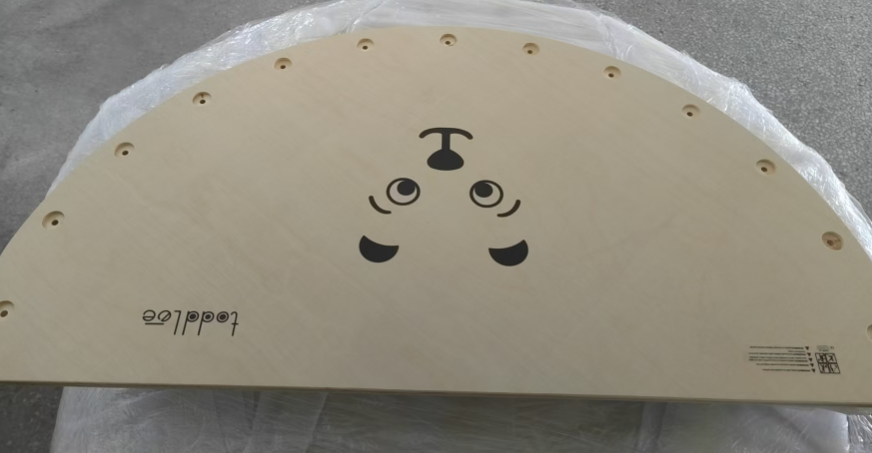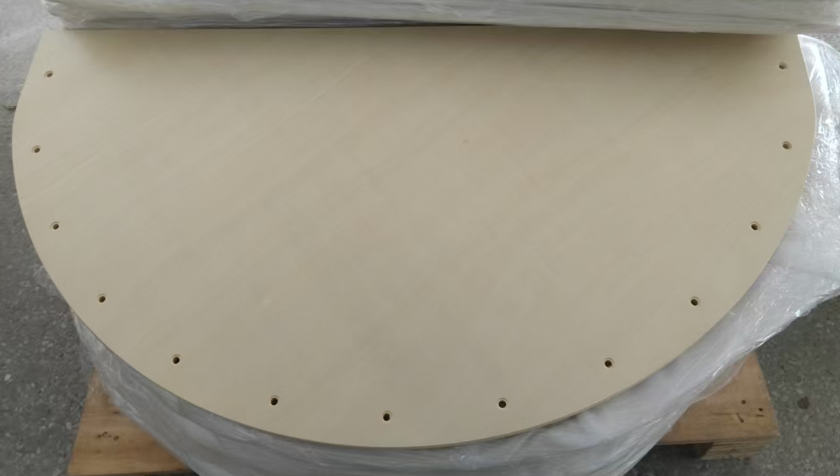| origin:China | colour:Customizable colors | Dimension(L*W*H):100*54*2cm |
| material:Plywood | use:backrest | Weight:4.4kg |
In order to improve the anisotropic properties of natural wood as much as possible, and make the characteristics of plywood uniform and shape stable, generally plywood must follow two basic principles in structure: one is symmetry; The second is that adjacent layers of veneer fibers are perpendicular to each other. The principle of symmetry requires that the veneers, veneer thickness, number of layers, fiber direction, moisture content, etc. on both sides of the symmetrical center plane of plywood should be symmetrical to each other. Within the same plywood, veneers of a single tree species and thickness can be used, as well as veneers of different tree species and thicknesses; But any two layers of symmetrical veneers on either side of the symmetry center plane must have the same tree species and thickness. The back panel allows for different tree species.
To make the structure of plywood comply with both of the above basic principles, its number of layers should be odd. So plywood is usually made into odd numbered layers such as three, five, seven, etc. The names of each layer of plywood are: the surface veneer is called the surface veneer, and the inner veneer is called the core veneer; The front panel is called the front panel, and the back panel is called the back panel; In the core board, the fiber direction parallel to the surface board is called a long core board or middle board. When forming the cavity table slab, the panel and backplate must face outward tightly.


Receive additional support with our on-site installation, maintenance, repair, and free replacement parts services for 1 year after the purchase. Service is provided in your local area or an engineer will come to you. Claim compensation if the service received differs from the agreed terms.
How to apply for after-sales service and support
在后台系统设置->内容设置中设置该内容